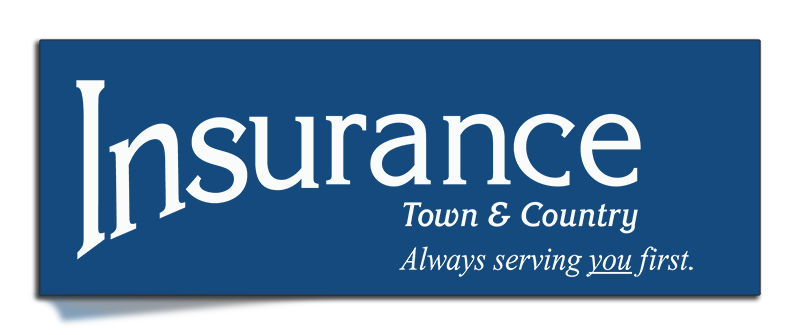Protecting Your Noggin

I remember getting the opportunity to ride on the back of my grandpa’s motorcycle for the first time as a child. Traveling quickly and close to the ground without any walls or doors was such an exhilarating experience! I also remember the helmet that squished my cheeks right into my nose and eyes. At the time, I just giggled because I felt like a chipmunk, but now I understand better. That helmet was not suitable for the size of my head (which has always been pretty large) and wouldn’t have protected me as well in an accident.
Motorcycle helmets come in many different shapes and sizes because everyone has a unique noggin. Whether you like to hit the road with a sport bike or cruiser, scooter or moped; taking care of the most delicate part of your body is an essential part of preparation. Here’s a list of four things to consider when purchasing a DOT approved helmet:
But wait, what’s a DOT approved helmet?
I’m so glad you asked! According to Leather Up, the Department of Transportation (DOT) assesses each helmet by placing it on a head form that’s equipped with sensors. The helmeted head form is then dropped from a specific height onto a steel anvil, and the severity of the impact is recorded. These standards are important because they outline the minimum requirements all motorcycle helmets must meet, which has already saved countless lives. However, if you would like to get a helmet that has been tested impartially and will provide more protection, SNELL has you covered.
-
Type of bike
Adventure touring? Cruiser? Sport bike? Generally, adventure bikers prefer using modular helmets which allow you to raise the face shield, while cruiser riders enjoy a half-shell helmet and sport bike riders like a full face helmet that will provide great all-around protection.
According to the CDC, more than 41% of operator and passenger fatalities could have been prevented with proper helmet usage.
-
Size/Shape of head
There’s more to a properly-fitted helmet than just one that can slide onto your head! Check out this article from Helmet Check for an in-depth description on how to determine your head shape, size, and preference.
-
Helmet features
It’s important to find a properly-fitted helmet so the three to four pounds of weight are distributed evenly around your head and shoulders to reduce neck strain. Consider also whether you would like additional features like integrated sunshade, wind reduction, and communication technology.
-
Price
How much are you willing to pay? Generally speaking, price does not necessarily reflect quality or safety, but rather the materials used and the number of features. Good helmets can range anywhere between $40 and $900, so make sure you budget accordingly.
No matter what helmet you decide to wear, make sure you are wearing one, because your safety is number one!
